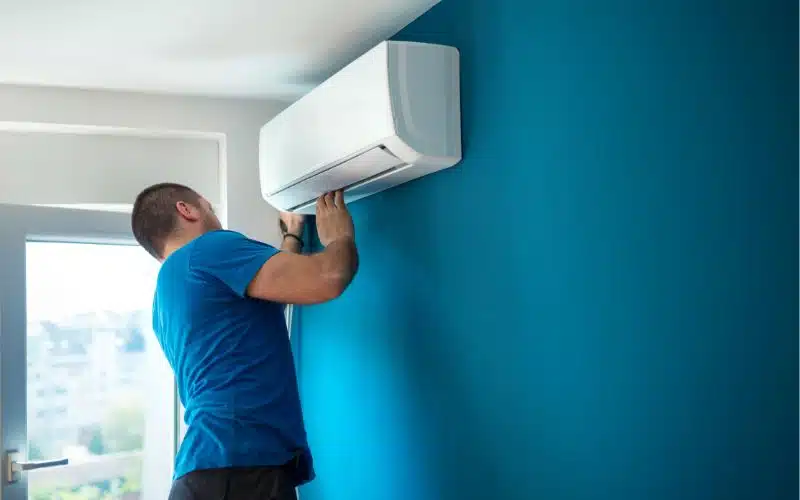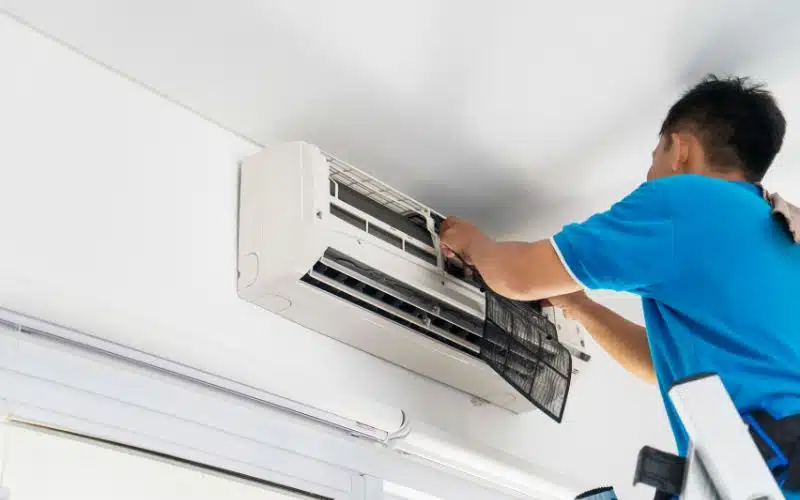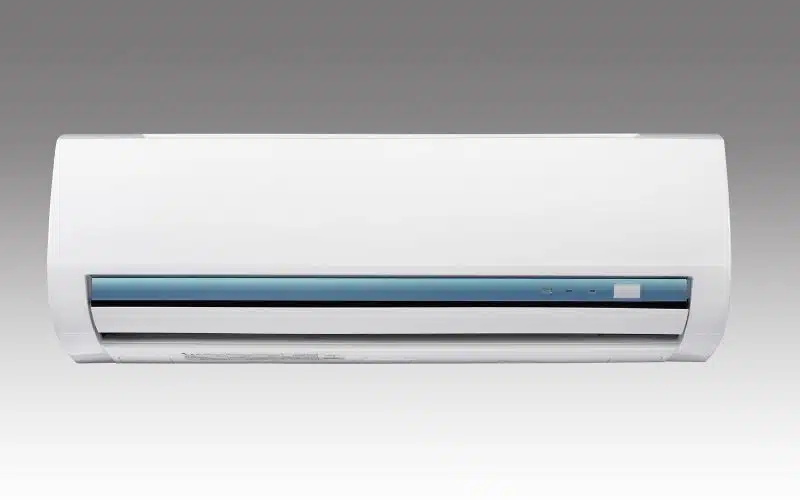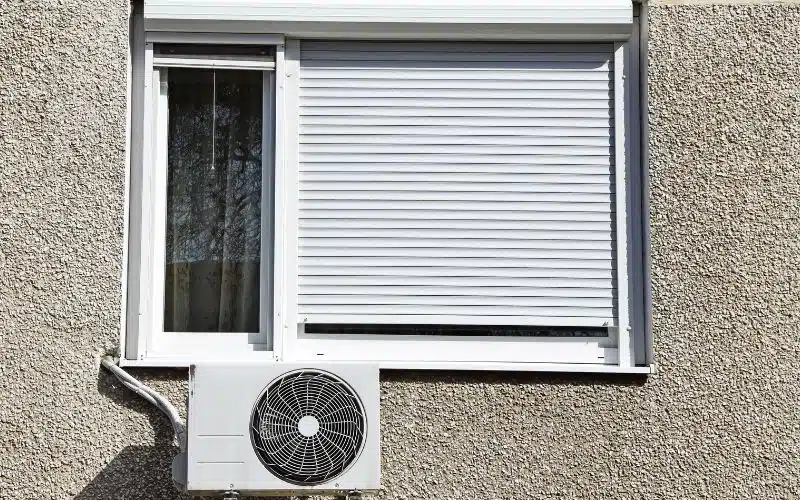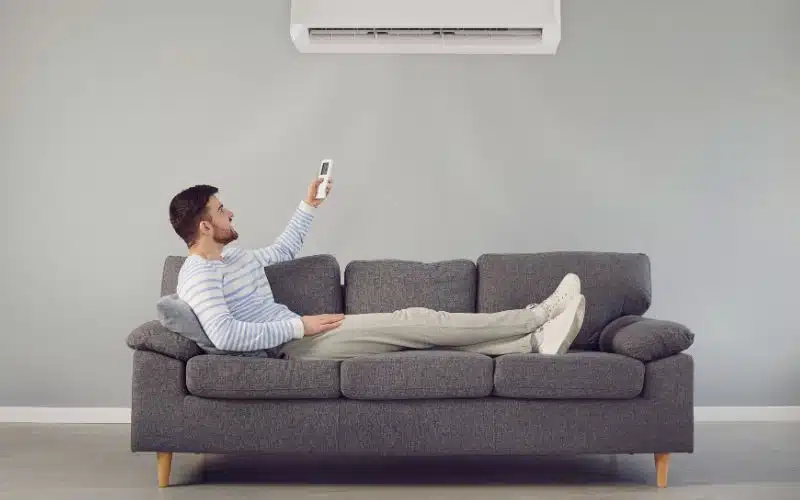Electrical appliances are complex and can develop faults at any time. These sophisticated machines need all their parts in good condition to operate properly.
However, even with the best care, these faults still happen. A Split AC flap can choose not to open due to hardware issues.
Sometimes this malfunction can even occur due to some inputted settings. Reading on, you’ll understand why an AC flap remains closed and how you can open it.
A split AC flap will fail to open if there are issues on the swing motors or the printed circuit board. The swing motors control the flap’s mechanism. When a fault develops there, the flap won’t open. Also, the printed circuit board directs current to power the motors. Failure to do so will prevent the flap from opening.
In the article below, you’ll learn why the AC flap doesn’t open. The article will also highlight why a Split AC flap doesn’t close.
Furthermore, you’ll understand the operating procedure of the flap actuator and the troubleshooting options.
Two Common Reasons Why My AC Flap is not Opening?
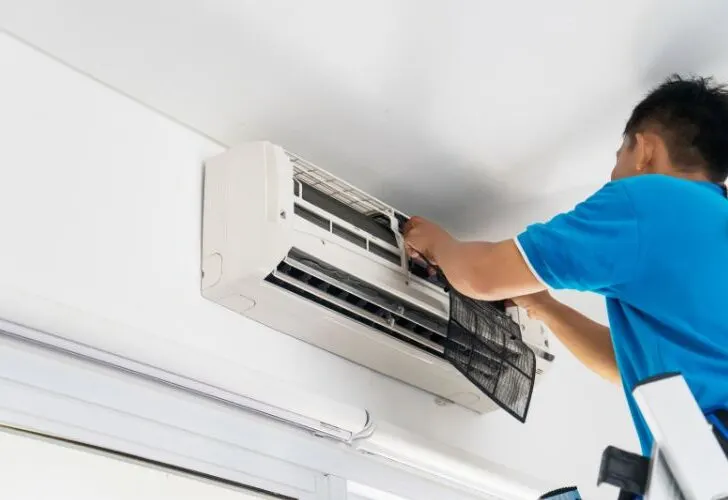
The AC flap might not open because of controller issues and a damaged printed circuit board. The controller might be faulty, or it might need new batteries.
On the other hand, a damaged circuit board won’t be able to send current to the required location to open the AC flap.
Below is a detailed look at these issues.
#1. Controller Issues
Air conditioners usually have controllers to execute functions, and the Swing button controls the flap. Ensure that the Swing button is on if the flap isn’t opening.
If it isn’t on, press it to keep it on. If the flap doesn’t open, check the batteries of the remote controller. Fix the batteries properly or replace the batteries and press the key again.
#2. Damaged Printed Circuit Board
The printed circuit board in an AC is responsible for sending electrical current across the AC. A fault can develop in the board, preventing electricity from powering the motors.
Without current, the motors won’t be able to open the flaps when the AC is on. The printed circuit board can easily damage when there is fluctuation of power.
Furthermore, if there isn’t enough current in the house, the printed circuit board might not function properly.
You need to ensure that the current in your home is enough to power the AC.
The printed circuit board can develop faults due to moisture buildup. Once moisture reaches the circuit board and accumulates, any components can corrode.
The water can also short-circuit the board. This mishap causes the AC unit to malfunction, which results in the flap remaining closed.
Additionally, electrical surges can cause circuit breakdown. Even dust and moisture contribute to fault development.
Moisture can cause the circuit board to expand and enlarge, destroying some components.
Below are some faults a printed circuit board can develop.
#1. Damaged Relay
A damaged relay will cause an AC unit to switch off randomly. These random turn-offs can cause the AC to malfunction.
You can get a technician to look at the relay and see if it’s faulty.
#2. Sensor Failure
Your printed circuit board’s sensor can malfunction if it gets broken or dirty. This situation can prevent the AC unit from operating or cause other malfunctions.
The sensor will need cleaning or replacement if it’s not in good condition.
#3. Capacitor Problems
The capacitor is another component that can develop faults. Any damage to it can cause the AC unit to behave strangely, meaning you’ll have to change it.
Now that you’re aware of the faults a printed circuit board can develop, it’s important to prevent them from happening.
You’ll need to periodically clean the AC unit so dust, moisture, and other particles won’t accumulate.
Use a soft fabric and wipe the circuit board so your AC remains pristine.
Why is my Split AC Flap Not Closing?
Your Split AC flap might refuse to close if someone touches it during operation. If that’s the case, you can easily solve this by putting on the AC.
Allow it to start properly, then shut it down again. This way, the flap will close on its own.
In addition, if the flap operated normally before you shut it down, the motor is fine. The fault might arise from how you shut the AC down.
There is a proper way to shut down an AC unit. Next time when turning off the AC, make sure you don’t switch off the power outlet on the wall.
Use the remote control to switch off the AC unit. Wait till the flap closes completely before you switch off the power outlet.
If this doesn’t rectify the problem, the fault might be from the circuit board. However, other situations might cause the flap to remain open.
Below are some reasons why your Split AC flap isn’t closing.
| Fault | Details |
|---|---|
| Faulty wiring | A faulty wire can’t transmit current to power the flaps. |
| Auto Clean function | This function can keep the flaps open during cleaning. |
| Faulty motor | A faulty motor can’t make the flap close. |
#1. Faulty Wiring
An electric cable can short out when it receives more current than it can deal with. The current can increase at any point when there is a power supply.
One of the wires connected to the motor controlling the flap may be short-circuited. This occurrence will prevent the flap from closing since no current send signals to it.
Therefore, you’ll need to open the AC unit to check for any damaged wires so you can replace them.
#2. Auto Clean Function
The Auto Clean command automatically sanitizes and dries the AC unit interior. This function helps to keep the AC in good condition and retain the air purity in the home.
The function also stops the rise of dangerous microorganisms by drying moisture within the AC unit.
The auto-clean function can keep the flap open to enable the completion of its task. On a Split Samsung AC, the code ‘Cl’ displays on the indoor unit if the auto clean function is active.
When you shut down the AC, the auto clean runs for over 10 minutes or 15 to 30 minutes on other models.
The display unit on the AC will show the cleaning percentage, which goes from 1 – 100%. During this cleaning period, the flap can remain open till the AC completes the cleaning.
You can deactivate this function in a few simple steps;
- Push and hold down the Options button on your remote for three or more seconds.
- You can also tap the options button and use the direction button to choose the Clean function and deactivate it.
#3. Faulty Motor
Another reason the flap isn’t opening is a possible fault in the motor. The motor is a device that controls the movement of the flap.
If the motor is faulty, the flap won’t respond when the AC is on. Therefore, the motor may be at fault if the remote controller is in good shape.
Additionally, the wires connected to the motor might be faulty. Worn-out wires won’t have any current flowing through them.
If there’s no current flow, the motor won’t operate. You can invite an electrician to check the AC and determine if the motor is still fine.
Also, if the AC is still under warranty, you can contact the company to send staff over. They will replace the motor, and your AC flap will work as usual.
How to Troubleshoot the Split AC Flap Actuator?
A faulty flap actuator will manifest in a low and inconsistent air stream or no airflow. If your Split AC displays any of these signs, there might be a fault on the flap actuator.
A flap actuator is a device that regulates the direction of hot and cold air based on the thermostat settings.
These devices change electrical energy to mechanical energy. Actuator motors also regulate the airflow by controlling and redirecting cool and hot air in the home.
If the actuator is faulty, it won’t execute the settings inputted on the AC unit. The air stream will be inconsistent or won’t flow at all.
A broken actuator can remain open, which will cause it to blow cool air continuously regardless of the thermostat setting.
The actuator can also refuse to open, meaning cool air can’t blow out the vents.
You must consult licensed technicians if you experience these behaviors in your AC unit. The technicians will come in and check the AC unit’s actuator.
They will be the ones to advise if the actuator needs repair or replacement.
Usually, you can replace actuators for about $420 – $500. The price depends on the brand of AC you use. The technicians will also demand service fees for repairs or replacement.
